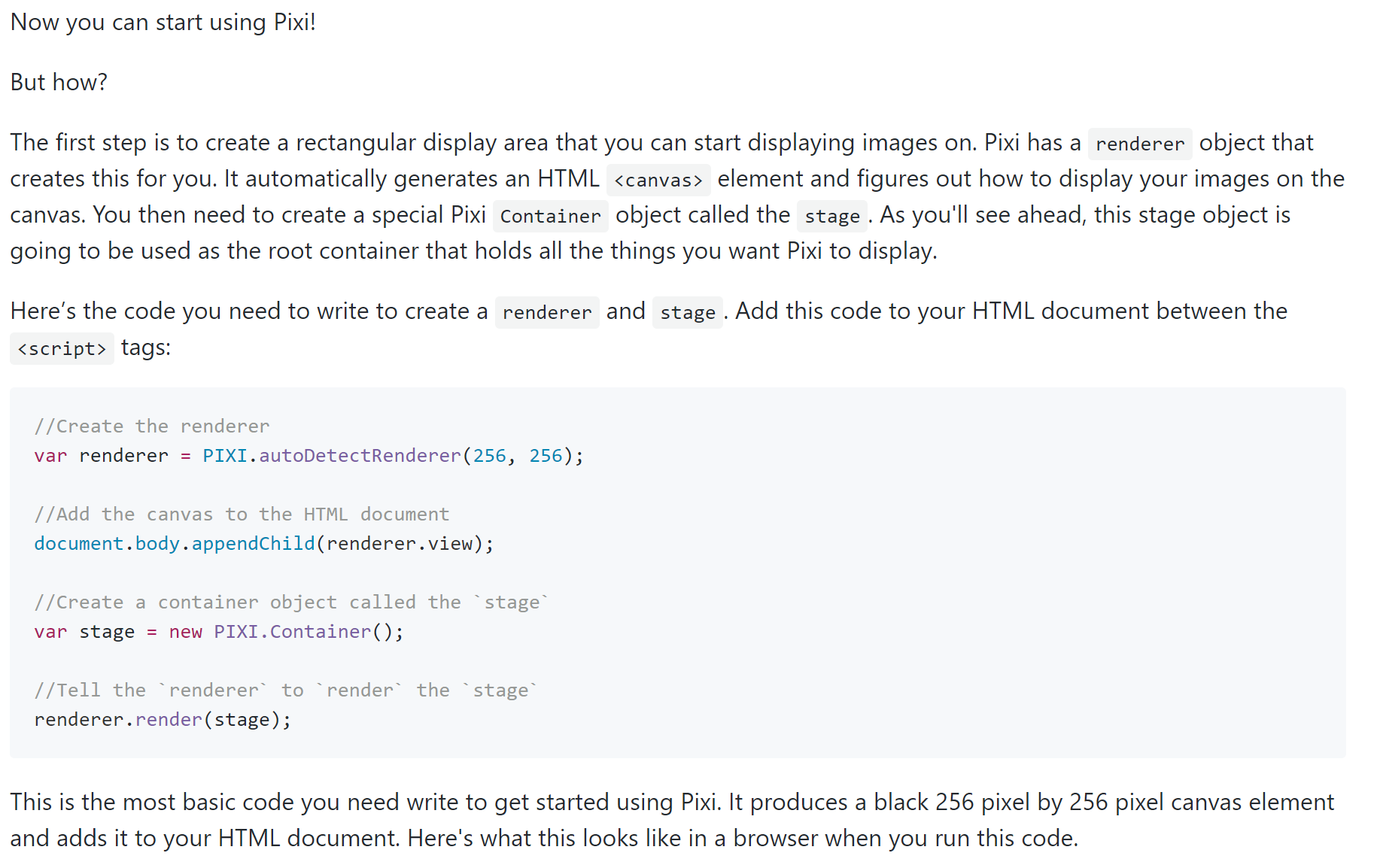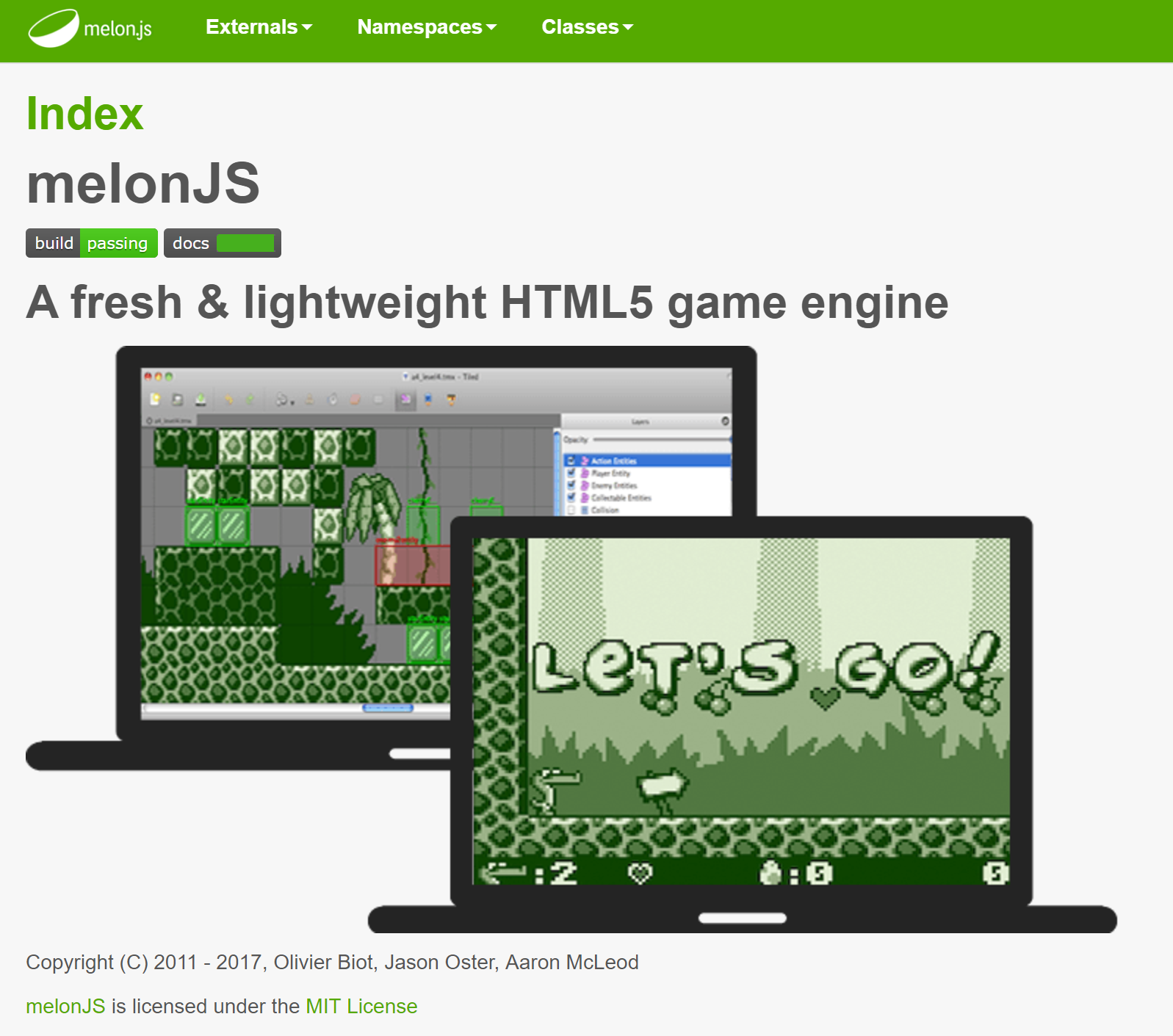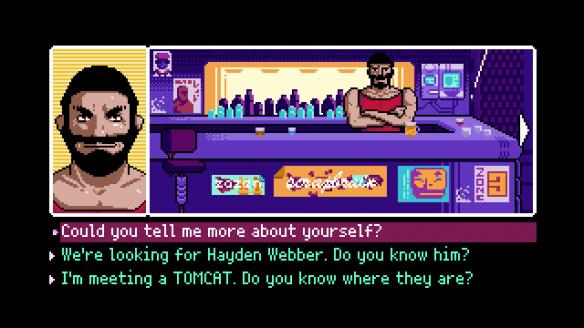Our game project was titled Hell and High Water (after "Hell Game" failed to hold up). It was produced by Seattle Piss Hogs, LLC (Cal's idea, of course). For me at least, it was... a lot of backtracking and redoing, to be honest. I started out learning Pixi, which seemed simple enough. I liked it when I was working with it, but shortly it was explained to me that Pixi was a renderer, not really an engine to make a whole game from unless I wanted to do a lot of it myself.

So, I tried to head to the opposite end of the efficiency spectrum, and found Adventure Game Studio (or AGS). It was built specifically for making the kind of adventure game that Hell and High Water was supposed to be, at the beginning-- a point-and-click adventure in which you played as an assortment of demons running through hell and a small western town (named, of course, High Water), all the while getting yourself into hilarious hijinks and quirky scenarios. Bing bang boom, textbook adventure game, AGS was perfect for it. But that was the problem; as this was a school and not a company, efficiency was secondary to learning. Makes sense. So, I moved to the third engine, and the one I ended up using the most-- a Javascript library called Melon.js.

Melon was a good fit, it seemed. It was more meant for 2D sidescroller games, but I could tweak the character hitbox and allow the character to walk upwards instead of jump in order to create the illusion of a more tilted look. It worked out alright. Then, the team decided to go with a different look, which threw me off track-- they wanted a first person view of rooms rather than landscapes, with fixed backgrounds. The layout was to be much like Ace Attorney (in the non-courtroom scenes) or like 2064: Read Only Memories (pictured below).

So, I started working on an overhaul. The first (and admittedly last) piece I worked on for this was a system for conversation paths, referred to in coder's terms as directed graphs. Maybe thats a less technical term than I think? Either way, anyone who's used Twine knows what I'm talking about. Twine was the program I actually used to make the files, through some long-winded tomfoolery that eventually turned the nice gui that Twine presents you with into a json file.

And I'd love to say that I kept going and did a lot more with it, but I didn't really. By this time, it was the weekend before we had to present to judges. I made the twine game a little fancier than it would have been, and just presented with that as a prototype. That's where we're at for the moment.